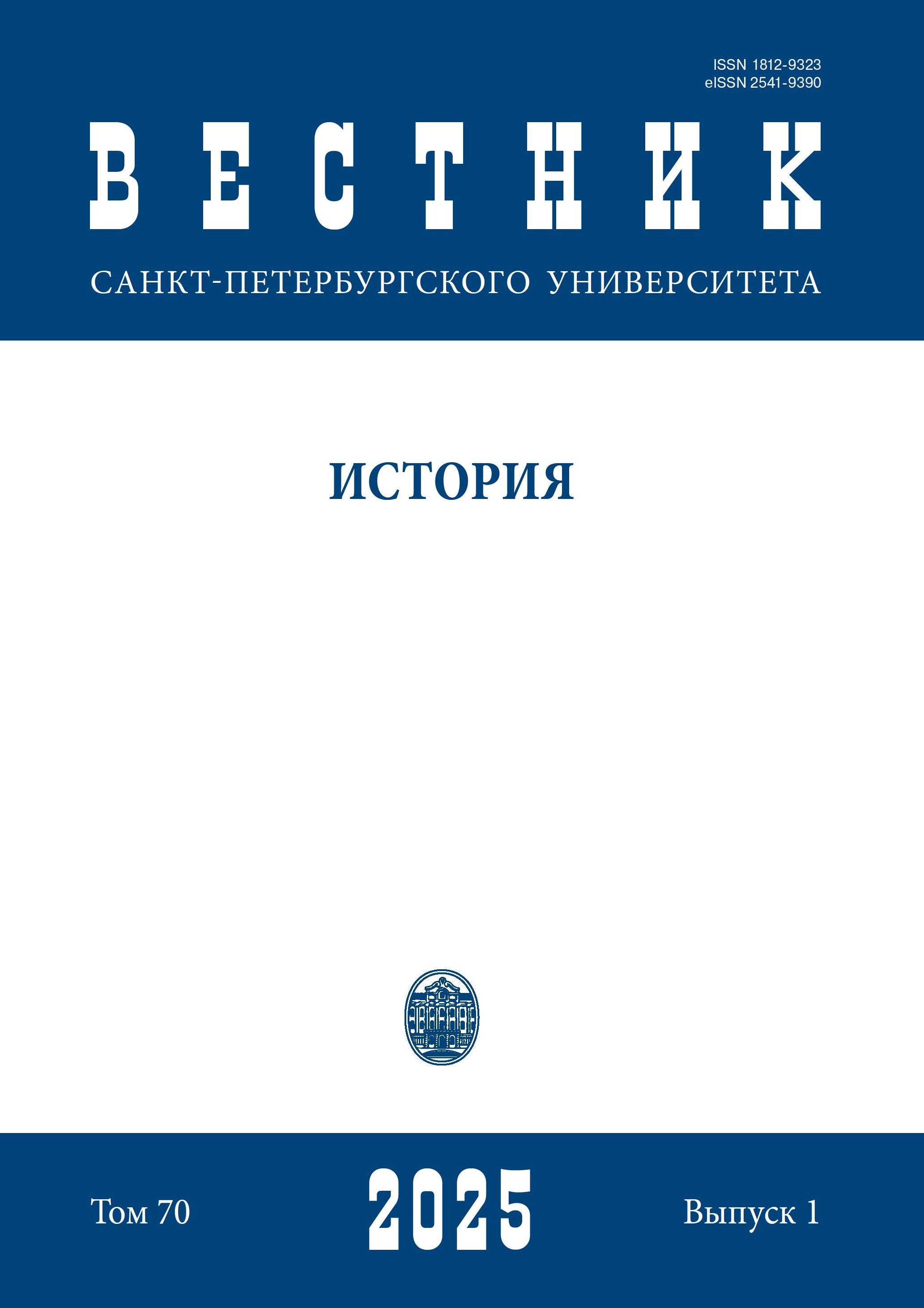The Stryapchie as a Rank of the Sovereign Court during the Reign Mikhail Romanov
DOI:
https://doi.org/10.21638/spbu02.2025.102Abstract
The article is devoted to the study of the stryapchie as a rank of the Sovereign’s court during the reign of Mikhail Fedorovich. The author shows that during the reign of Mikhail Fedorovich the number of the stryapchie increased 4 times. The increase in the number of the stryapchie led to a change in their genealogical composition. During the reign of Mikhail Fedorovich, 580 the stryapchie, representatives of 253 families, were in the service. Of these, only 62 persons (10.67 %) belonged to the old boyar nobility, whereas before the Time of Troubles, the boyar nobility accounted for about 60 % of the stryapchie. However, the people from the new noble families who joined the ranks of the stryapchie were not accidental people at court. Most of the solicitors during the reign of Mikhail Fedorovich in the 17th century belonged to noble families that began to firmly establish themselves as part of the Moscow nobility during and after the Time of Troubles. As people, mostly young, solicitors were a reserve for replenishing the ranks of the higher Moscow ranks of the Sovereign’s court (stolniks and Moscow nobles). Only a small part of the stryapchie of Tsar Mikhail Fedorovich ended their court careers in this rank. A number of the stryapchie were close to the sovereign, some of them became members of the Boyar Duma. The service of the stryapchie was mainly of a court nature; there is little information about their services in voivodes and other administrative positions.
Keywords:
Sovereign court, stryapchie, stol’niki, Moscow nobles, court ranks, reign of Mikhail Fedorovich, Time of Troubles
Downloads
References
Downloads
Published
How to Cite
Issue
Section
License
Articles of "Vestnik of Saint Petersburg University. History" are open access distributed under the terms of the License Agreement with Saint Petersburg State University, which permits to the authors unrestricted distribution and self-archiving free of charge.





